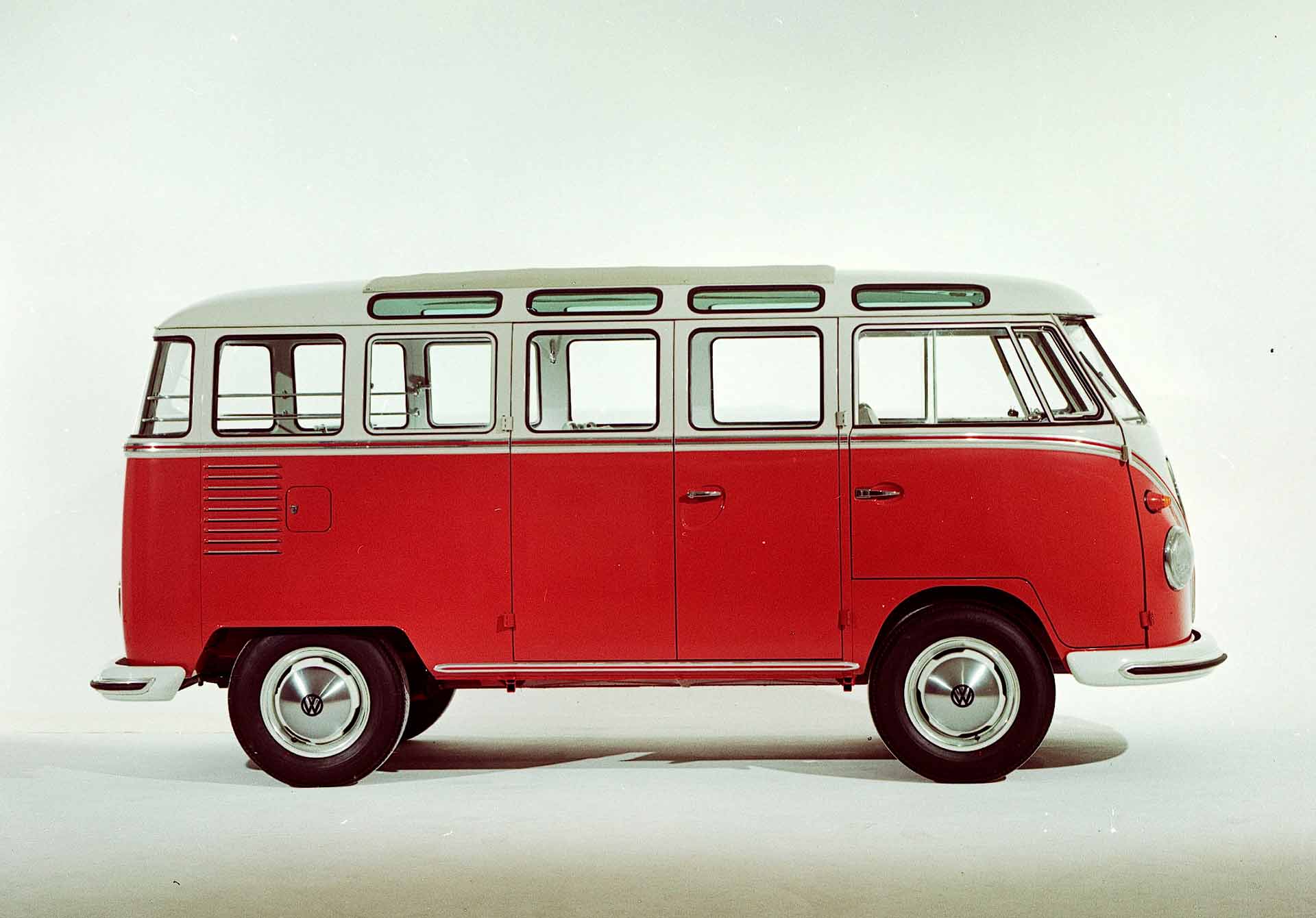POPULARISING
This gallery shows how attempts to produce a reliable and affordable modern “people’s car” marked the next step in the evolution of the automobile. The process started in the 1930s with the deployment of national scale industries, often with political overtones. After the Second World War, during a period of economic recovery and shortages, the automobile became a symbol of national pride and regeneration.
Post war austerity-imposed limitations of size, cost and availability of materials but did not inhibit the creativity of designers—on the contrary they were spurs to encourage innovation and ingenuity—to do more with less.
The art and fashion of the period fused with the mass appeal of mobility. For example, the Austin Mini and the mini skirt—Op Art and the logo by Victor Vasarely for Renault.
During this period the proliferation of compact cars in Europe and their bigger relatives in the United States magnified the imprint of the automobile on the urban and rural landscape of both continents.


